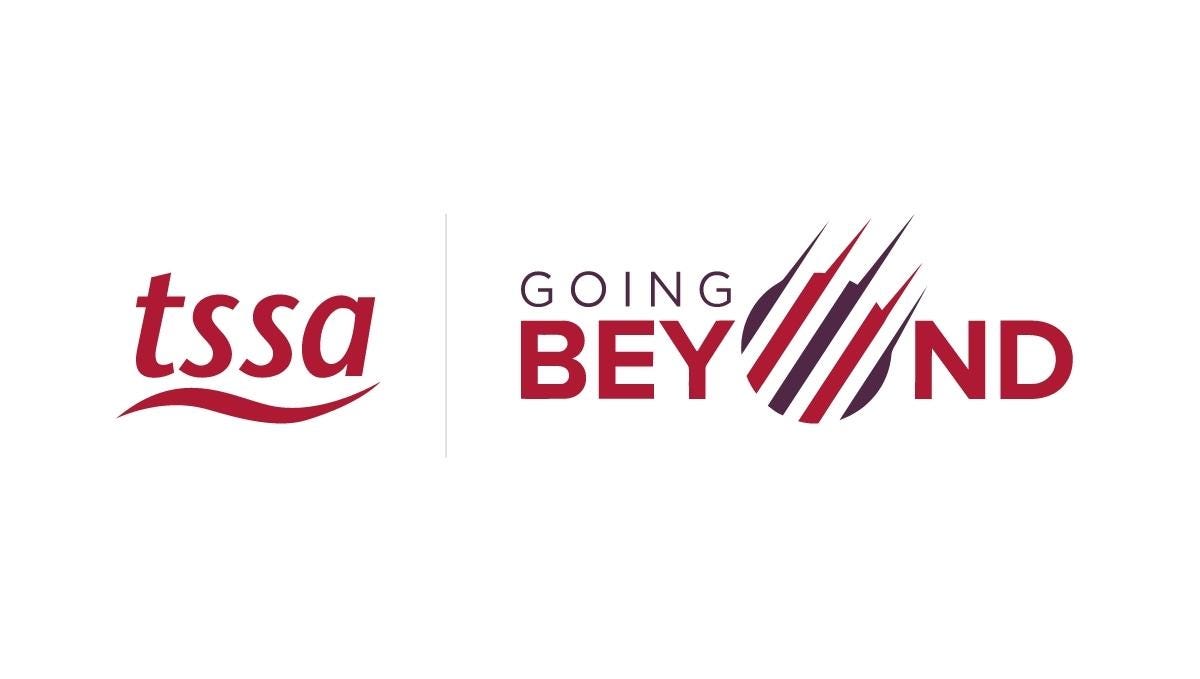Challenge Bullying 2020

In May 2020, TSSA launched our Addressing Bullying and Harassment Community of Practice as part of our new education initiative, Going Beyond. Since then we have had several events and discussions to explore what causes bullying and harassment and in what ways can we change our workplace culture to make them more inclusive. 16th-20th November is Anti-Bullying Week part of our community of practice learning we are holding our first ever TSSA Challenge Bullying Conference. This is an online event to delve even deeper into how we can address bullying and harassment.
Over the year some questions have led our spiral of learning on this theme, thinking about how we address bullying and harassment at work. Here are just some:
‘What would a bully-free workplace look like?’
The opposite of a bullying culture is not the absence of bullying, but in fact a culture that when described, is inclusion, empathy, kindness, connection. Those elements need to be lived through our organising and the approach to this issue, as they need to be modelled to be embedded in the workplace.
‘Who has examples of best practice that we can learn from?’
Unfortunately, I don’t think anyone can say they are a model of best practice, as no one has yet eliminated bullying and harassing behaviours from their organisations. It seems more realistic at this moment in time to think about the journey we are going on, acting and reflecting on what is working, what is not, and building towards an inclusive workplace. There is still a lot to understand in terms of why people bully, what enables these behaviours and therefore what practical things can an organisation and individuals do to stop it.
If the opposite of a bullying culture is inclusion, empathy, kindness and connection, then
‘What are we doing to make our workplaces more inclusive?’
I spoke to Loraine Martins, Director of Diversity & Inclusion at Network Rail this week, who said clearly that we are all ambassadors for the good and not so good in our industry; that our work on inclusion runs parallel to any work we can do to address bullying and harassment in the workplace. Loraine spoke to me of the need to be consistent, develop trust so that people are confident to speak up about their experiences or intervene when they observe bullying and harassing behaviours. The challenge she said, is to reach that level of consistency.
‘Is our approach to addressing bullying and harassment critical in the outcome, or does it just matter that it ends?’
This is a question that pops into my head when the catch phrase ‘Zero Tolerance’ is said, not because the sentiment is not right, but because fighting might with might, doesn’t quite feel right to me. Many people use that term and for good reasons. Whilst potentially a controversial opinion, Zero Tolerance is not a phrase I would naturally associate with inclusion, empathy, kindness and connection, even though bullying behaviours should not be tolerated. Language plays a strong part in creating an inclusive environment and culture. Shouldn’t we reflect on the language and behaviours we want everyone to adopt, and ensure our way of addressing bullying includes that language and behaviour and reinforces that new culture?
Jon Everest of Victoria University of Wellington in Aotearoa New Zealand is an expert in Restorative Practice. He shared with me his thoughts on how the language of the justice system does not translate well into the workplace. Concepts of perpetrators or offenders and victims, can only lend itself to people seeking to defend themselves, not reflect on their behaviours and acknowledge their part in the process, and change. Similarly, the mechanisms of investigation, disciplinaries and grievances identify only two people affected, the bully and the victim, and simply seeks to identify what rule they have broken and how they can be punished. In reality, Jon suggests their colleagues are often aware of what is going on and when the investigation ends, there is still residual harm done to the entire workplace that is usually not addressed at all. Neither is there always exploration of what an organisation can do to prevent it from happening again. While there is a place for formal processes, if we are to truly address bullying and harassment, we need to go beyond our current approach and understanding of injustice and seek to restore the workplace relationships between all people affected, following any harm that has occurred.
We will hear more form Loraine Martins and Jon Everest at our Challenge Bullying event and explore the concepts of Restorative Practice, Diversity and Inclusion in more detail in our Community of Practice throughout 2021 and beyond.
Challenge Bullying as an event has resonated with many members. We have had more applications for this than any education event in the past ten years. For some of those who will attend, it is because they are facing this issue in the workplace right now. For others, they want to know how to support colleagues or make a difference in their workplace. Either way, it is clear the work of our TSSA Addressing Bullying and Harassment Community of Practice in 2021 will be extremely important to changing member’s lives for the better. Challenge Bullying is not simply what we need to do, but a challenge we set ourselves to change workplace culture, not simply get better at what we are currently doing as it is not going to create the difference our members want.
TSSA will continue to lead on addressing bullying and harassment through building our community of practice and applying our learning to our work changing lives.
